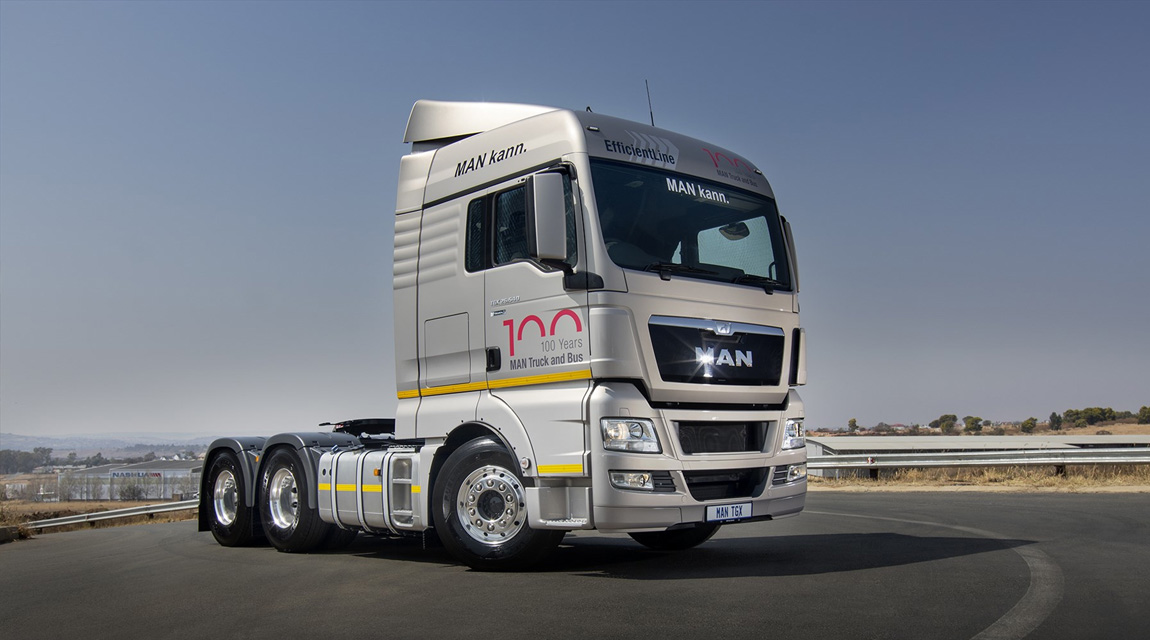Mixed fortunes abound for automotive suppliers

Automotive suppliers in South Africa can prosper – and make big moolah (despite the many challenges that they face). However, they need to address certain issues, inlcuding capital expenditure (capex) and training.
These are two of the findings of a special report called the South African Automotive Supplier Industry Benchmark Report 2018. FOCUS attended a special function to mark the release of this report, which is produced for the National Association of Automotive Component and Allied Manufacturers (Naacam), on Tuesday this week.
The report is based on research undertaken by B&M Analysts, a specialist benchmarking consultancy, and stems from its comprehensive benchmarking activities in the automotive sector.
The report contains benchmark data for South African-based suppliers, as well as comparators from developed and less-developed countries. Unusually, South African companies were benchmarked against comparators from Hungary, India and Mexico. We would have expected to see countries such as China and Thailand tossed into the equation.
However, as Douglas Comrie, managing director of B&M Analysts, explains, they were omitted for practical purposes. “The pool of comparators shifts over time; we’re tracking information that’s not normally listed in financials. We need companies to agree to cooperate with us,” he says.
According to Renai Moothilal, Naacam executive director, one of the many positive findings contained within the report is the fact that local original equipment manufacturers (OEMs) are keen to increase their purchases from South African suppliers. This obviously means that opportunities abound for local automotive suppliers!
“Three-quarters of the South African OEM customer respondents engaged with indicated that they are looking at increasing their total buy from current local suppliers in coming years. This is related to purchasing more of the same products and expanding the range of products bought from suppliers.
“It also includes increased purchasing of newly developed products from local suppliers. This seems to reflect a change in the way localisation is being viewed, and is possibly reflective of OEMs starting to plan for a future production environment that rewards higher localisation,” he tells FOCUS.
However, according to Comrie, it’s not all plain sailing for automotive suppliers. “There are real growth opportunities for South African suppliers, but there are some challenges – not least of which is capex spending.
“Indian companies are exhibiting high levels of investment and profitability; the investments are not one-offs. South African companies need to up their capex by 50 percent. They need to do considerably more training, too,” he points out.
Comrie says that limited progress has been made in relation to notably changing the South African suppliers’ productivity profile in recent years. “An increased focus on maximising value addition, including through improved material management, and especially localisation (in support of the previous recommendations), must be a major focus of South African suppliers.
“In addition, it is crucial to ensure that all the necessary factors to support productivity are in place. These include investing in and having the necessary capital in place, investing in people (training and development), having committed people and ensuring that the manufacturing environment is safe for all workers. A focus on all these areas will support enhanced productivity at local suppliers,” he suggests.
Comrie believes that capex and training are the two pillars of productivity improvement. “Safety is also vitally important. You cannot separate safety from productivity. It’s hard to motivate a person when he’s unsure whether or not he will go home with his hands,” he notes.
Somewhat surprisingly, Comrie reveals that absenteeism levels are declining in South Africa. “They’re much lower than in India, Mexico and Hungary. This indicates high levels of commitment by the employees,” he notes. (Strikes are included within absenteeism.)
So there you have it – some good news and some bad news for suppliers, and lots of opportunities to excel!
Published by
Charleen Clarke
focusmagsa




